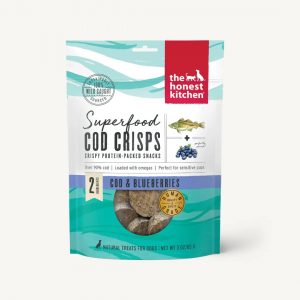 Head on over to Kissimmee Valley Feed Store #2 to take advantage of these December Astro Sales. Savings valid at our 215 13th Street St. Cloud, FL 34769 only. Stock up and save today! Please note the varying expiration dates.
Head on over to Kissimmee Valley Feed Store #2 to take advantage of these December Astro Sales. Savings valid at our 215 13th Street St. Cloud, FL 34769 only. Stock up and save today! Please note the varying expiration dates.
The Honest Kitchen – FREE Treat:
December 2021
Buy any two bags of our Cookies, Cod Crisps, Ocean Chews, and Purely One Fish Treats, Get 1 bag FREE!
Redbarn – 5.00 OFF
August – December 2021
Get $5.00 OFF all CHEW-A-BULLS Dental Treat Bags
NaturVet – $2.00 Dollars OFF
December 2021
Get $2.00 OFF all NaturVet Products (Limit 6 per customer)
December Astro Loyalty Sales are valid at our 13th Street, St. Cloud location only, while supplies last.





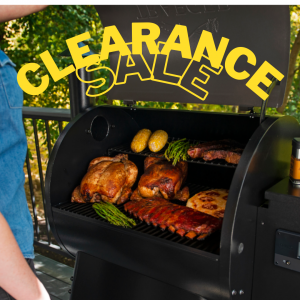 Kamado Joe and Traeger Grills are on Clearance as well as the brand’s grilling accessories! Kissimmee Valley Feed’s Second Store, located at 215 13th Street, St. Cloud, FL 34769, is hosting this deal. Head on over to that location and check out the grills and accessories on clearance.
Kamado Joe and Traeger Grills are on Clearance as well as the brand’s grilling accessories! Kissimmee Valley Feed’s Second Store, located at 215 13th Street, St. Cloud, FL 34769, is hosting this deal. Head on over to that location and check out the grills and accessories on clearance.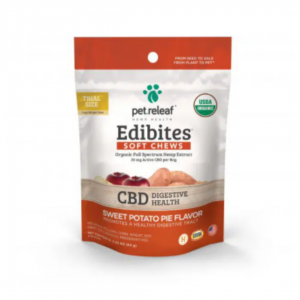 Head on over to Kissimmee Valley Feed Store #2 to take advantage of these November Astro Sales. Savings valid at our 215 13th Street St. Cloud, FL 34769 only. Stock up and save today! Please note the varying expiration dates.
Head on over to Kissimmee Valley Feed Store #2 to take advantage of these November Astro Sales. Savings valid at our 215 13th Street St. Cloud, FL 34769 only. Stock up and save today! Please note the varying expiration dates.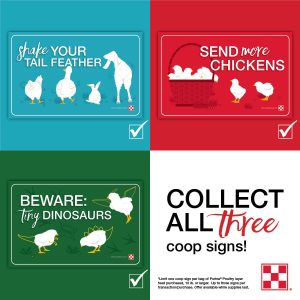 Flock-Tober 2021: Shop at Kissimmee Valley Feed’s Main Store during October and get a FREE limited-edition coop sign when you purchase a large bag of Purina Layer feed*! These signs are popular and we will run out!
Flock-Tober 2021: Shop at Kissimmee Valley Feed’s Main Store during October and get a FREE limited-edition coop sign when you purchase a large bag of Purina Layer feed*! These signs are popular and we will run out!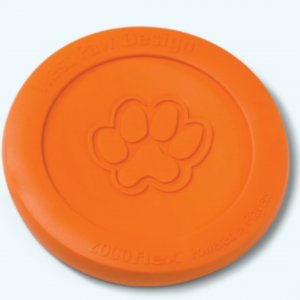 Head on over to Kissimmee Valley Feed Store #2 to take advantage of these October Astro Sales. Savings valid at our 215 13th Street St. Cloud, FL 34769. Stock up and save today! Please note the varying expiration dates.
Head on over to Kissimmee Valley Feed Store #2 to take advantage of these October Astro Sales. Savings valid at our 215 13th Street St. Cloud, FL 34769. Stock up and save today! Please note the varying expiration dates.